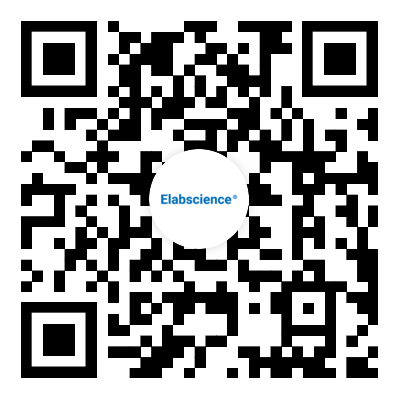Recombinant Human Activin RIIA/ACVR2A Protein (Fc & His Tag)
Price:
- 表达系统: HEK293 Cells
- 蛋白编码: P27037
- 应用性: ELISA
| 别称 |
Activin Receptor Type-2A;Activin Receptor Type IIA;ACTR-IIA;ACTRIIA;ACVR2A;ACVR2
|
| 表达系统 |
HEK293 Cells
|
| 序列 |
Ala20-Pro134
|
| 蛋白编码 |
P27037
|
| 种属 |
Human
|
| 计算分子量 |
41.2 kDa
|
| 表观分子量 |
60kDa&40kDa
|
| 标签 |
C-Fc-His
|
| 生物活性 |
Immobilized Human INHBC-His at 10μg/ml (100 μl/well) can bind Human ACVR2A-Fc-His. The ED50 of Recombinant Human ACVR2A-Fc-His is 2-8 ug/ml.
|
| 纯度 |
> 95 % as determined by reducing SDS-PAGE.
|
| 内毒素 |
< 1.0 EU per μg of the protein as determined by the LAL method.
|
| 保存条件 |
Generally, lyophilized proteins are stable for up to 12 months when stored at -20 to -80℃. Reconstituted protein solution can be stored at 4-8℃ for 2-7 days. Aliquots of reconstituted samples are stable at < -20℃ for 3 months.
|
| 运输条件 |
This product is provided as lyophilized powder which is shipped with ice packs.
|
| 制剂 |
Lyophilized from a 0.2 μm filtered solution of 20mM PB, 150mM NaCl, pH 7.4.
Normally 5 % - 8 % trehalose, mannitol and 0.01% Tween80 are added as protectants before lyophilization. Please refer to the specific buffer information in the printed manual. |
| 复溶方法 |
Please refer to the printed manual for detailed information.
|
| 背景 |
Activin Receptor Type-2A is a protein that in humans is encoded by the ACVR2A gene. ACVR2A is an activin type 2 receptor. This gene encodes activin A type II receptor. Activins are dimeric growth and differentiation factors which belong to the transforming growth factor-beta (TGF-beta) superfamily of structurally related signaling proteins. Activins signal through a heteromeric complex of receptor serine kinases which include at least two type I (I and IB) and two type II (II and IIB) receptors. These receptors are all transmembrane proteins; composed of a ligand-binding extracellular domain with cysteine-rich region; a transmembrane domain; and a cytoplasmic domain with predicted serine/threonine specificity. Type I receptors are essential for signaling; and type II receptors are required for binding ligands and for expression of type I receptors. Type I and II receptors form a stable complex after ligand binding; resulting in phosphorylation of type I receptors by type II receptors. Type II receptors are considered to be constitutively active kinases.
|
实验操作视频
新品推荐
Recombinant Human IL-6 Protein (Fc Tag)
Recombinant Mouse BCR protein (His tag)
Recombinant Mouse IL6 protein(His tag)
Recombinant Rat IL2/IL-2/Interleukin-2 protein (His tag)
Recombinant SARS-CoV-2 Nucleocapsid Protein (His Tag)
Recombinant Human Fyn protein(His tag)
Recombinant Mouse CD96/TACTILE protein (His tag)










